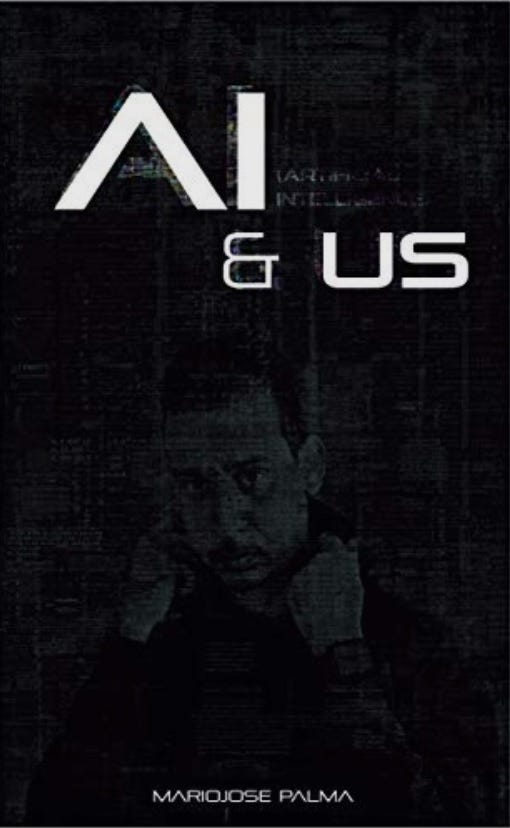Publishing a book as an AI Expert

As software engineers, we write lines upon lines of code, allowing computers to understand the content and execute it to accomplish a task. Similarly, while writing a book, we create lines upon lines of text for other humans to absorb and internalize this knowledge in their minds.
I consider writing to be an art, whether it involves crafting computer code or authoring a book. In both cases, you need structure and efficiency to transfer knowledge effectively to the intended targets, such as computers or humans. The creative process never stops; when you develop your first program, you constantly want to add more features, and when you write your first book, you realize you could share even more knowledge with your readers.
When writing a program, you define goals and make a plan. For my book, I set the following goals:
- To tell my story and motivate young people or adults considering a software engineering career by describing my journey and the steps that led me to fulfill my aspirations.
- To explain in simple terms what artificial intelligence is, how it learns and executes tasks, and how it can positively change the world.
- To share some applications and services I use to improve my quality of life in areas such as nutrition, fitness, and programming.
After many hours, days, weeks, and months, I completed the book with an indescribable feeling of happiness — similar to finishing a program without errors. Of course, I wanted to keep adding more chapters and expanding it, but I could have spent another year doing so.
At the beginning of this masterpiece, I discussed my history and introduction to artificial intelligence. Then, I explained what artificial intelligence is in simple terms, delving into its history, the differences between human learning and machine learning, the training process of a neural network model, and some myths surrounding artificial intelligence.
In subsequent chapters, I wrote about the impact artificial intelligence has on national security, its role in preventing traffic accidents, and how it’s making the internet more secure by eliminating cyberbullying. Additionally, I explored its influence on our finances, legal systems, and transportation. An extensive chapter on one of my favorite topics, health, details the advantages AI offers.
For instance, I explained how health systems use the latest technologies to prevent diseases with artificial intelligence and how pharmacies are accelerating research and manufacturing of new drugs, making them more affordable for the public.
One of the final chapters focuses on how artificial intelligence has positively impacted education. I described how classrooms have transformed into tech-centric environments, providing students with content in their preferred formats and making education more personalized.
In recent years, we have made exponential advancements in numerous fields thanks to the implementation of artificial intelligence. Furthermore, in research, AI is driving progress and attempting to solve various problems, helping us develop much more efficient neural networks. These neural networks will enable us to address more complex issues in our society.